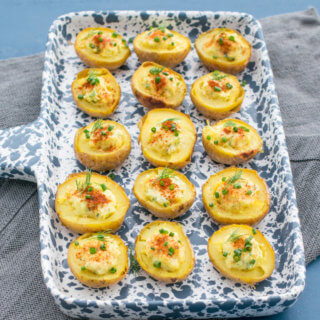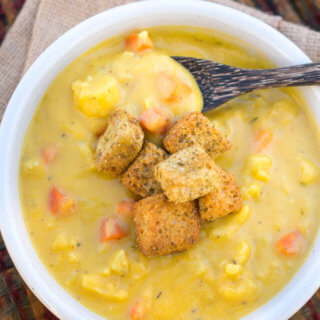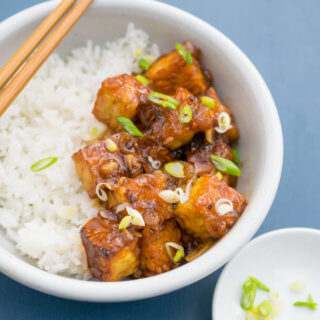If you’re just stumbling across this website for the first time, you might be wondering, what is vegan food, exactly? Who are these mythical “vegans”, and what do vegans eat?
For those unfamiliar with this way of eating and living, it might sound confusing, or even downright weird.
Different people are vegan for many different reasons. Being vegan has a lower environmental footprint. A vegan diet has the potential to be very healthy, especially for those at risk for heart disease or cancer. And finally, choosing vegan options reduces the number of animals that are harmed in order to feed us, something many vegans care about a great deal.

Thai Peanut Collard Wraps with Hummus and Vegetables
While I’m actually very passionate about all of these reasons to eat a more plant-based diet, and originally found my way to a vegan lifestyle thanks to some health problems I was having, this is a food blog, so I’m sure you’re wondering the most about vegan food and what vegans eat.
What can vegans NOT eat?
The easier question to answer is not, “what can vegans eat”, but rather, what can’t they? A vegan diet excludes animals and their byproducts. That means that vegans do not eat meat, poultry, fish, eggs, milk or other dairy products, or honey. Vegans also do not eat products that contain animal-derived ingredients, even in small amounts. Some common animal ingredients that vegans watch out for inside other foods include:
- Gelatin (prepared from collagen taken from animal body parts), which is used in many sweets, like fruit snacks, the frosting on Pop Tarts, Starbursts, and other confections
- Confectioner’s glaze, which is a sweet glaze that contains shellac, made from crushed bugs
- Egg wash on the outside of baked goods
- Natural flavors derived from chicken or dairy – I recently found potato chips with chicken in them!
Can vegans eat something that “may contain” milk or other animal products?
This is a frequently asked question, and even within vegan circles, I sometimes see this issue being misunderstood. If a food product doesn’t have milk in the ingredients, but is labeled as “may contain milk” or “may contain traces of milk”, it’s totally suitable for vegans.
That label does NOT mean that the manufacturer randomly adds milk to the product if they’re feeling mischievous that day. It means (generally) that the food is produced in a shared facility where dairy products are also produced, so there may be cross-contamination. That means the label is important to people with dairy allergies, but to vegans who do not want to consume or spend money toward dairy, the food is completely appropriate to buy and eat.
So, what do vegans eat, then?
After reading the list of things vegans can’t eat, you may be thinking that this vegan diet thing seems a little dire. For the record, I’ve found the situation to be quite the contrary. My diet has only become more varied since going vegan; I try all sorts of different plant foods on a regular basis. I still haven’t tried them all!
All of the plants.
If you made a list of every possible ingredient in existence, most of them would be vegan already! Here are just a few of the many thousands of plant-based foods on this earth, which vegans can and do eat:
- Every fruit and vegetable under the sun, from asparagus to lemon to zucchini!
- Grains and grain-based foods, like rice, bread, pasta, and tortillas.
- Pulses like chickpeas, red lentils, and mung beans.
- Nuts of all sorts, such as almonds, macadamia nuts, and cashews.
- Seeds including flax, pumpkin seeds, and sunflower seeds.
- Mushrooms if you’re a fungi type of person!
- Oils, vinegars, and fermented foods like olive oil, sesame oil, balsamic vinegar, and sauerkraut.
- Herbs and spices from cumin to cilantro!
- Condiments and sauces such as ketchup, soy sauce, and BBQ sauce.
- Other miscellaneous plants like coconut and seaweed!
- And anything else that’s made of plants and not sentient creatures.
With so many foods at our disposal, it’s no wonder that many vegans eat a widely varied diet, but are also able to enjoy traditional foods like cookies, spaghetti, and sandwiches, often (but not always!) with a healthier twist.
Vegan substitutes for meat, poultry and fish
One of people’s most pressing questions seems to be, “where do vegans get their protein”? I can assure you I’ve never been protein-deficient in my nearly 10 years as a vegan, and I do a healthy quantity of weight lifting, as well as running ultramarathons. This is all WITHOUT using protein powder. Replacing the “protein” part of a meal is a big fixation for many, but I have to say I don’t count myself in that group. I look for foods that are filling and contain a variety of nutritious ingredients, and nutritious to me, is not synonymous with protein-rich (and science agrees).
That being said, I still really enjoy recreating the flavors and “vibes” of dishes that used to center around meat or fish. Some protein-rich vegan foods to do that with include:
- Tofu, a chewy food made from whole soybeans, which has a complete protein profile and is a sponge for flavor. Even tofu haters love my Tofu Tikka Masala and Orange Tofu!
- Beans and lentils, which in omnivorous dishes are often an afterthought or side dish, can be the star of a hearty meal. Check out my Lentil Shepherd’s Pie or my Vegan Burritos with black beans.
- Seitan, which is made of wheat flour with all of the starch washed away. The result is a protein-rich food with a chewy texture like meat that absorb all sorts of flavors. You might enjoy my Chile Colorado Seitan Stew or my Vegan Mongolian Beef!
- Nuts and seeds, which have both protein as well as healthy fats. I especially love to use walnuts and hemp seeds in my recipes, because they are also good sources of Omega-3’s. For inspiration, check out my Walnut Lentil Loaf or my Hemp Crusted Cauliflower Bowls.
You can also get creative with flavors and make veggies the star, especially in recipes that are already balanced in terms of macronutrients. Some examples of starring vegetables playing the role in flavor and texture that meat would have, include:
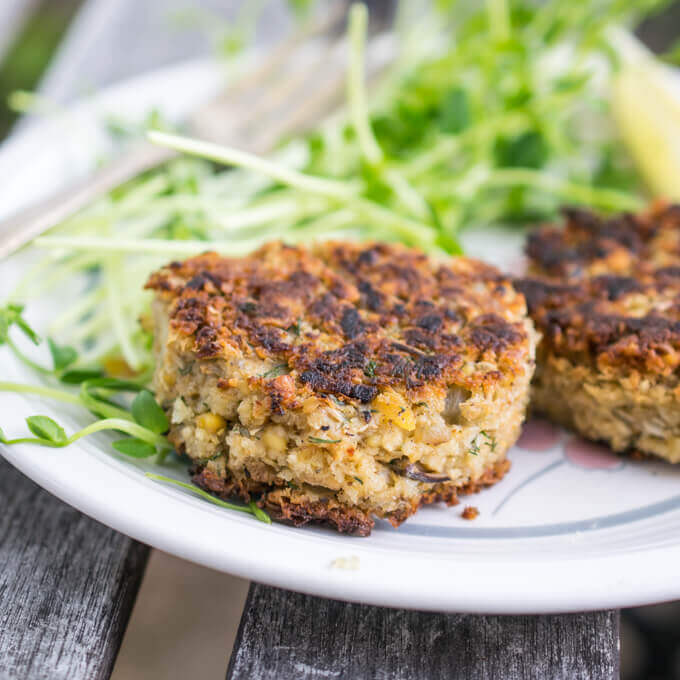
Chickpea and Dill Fritters aka Vegan Crab Cakes
- Vegan Crab Cakes made with hearts of palm or artichoke hearts, which both have a flaky texture that can be reminiscent of fish
- BBQ Pulled Sweet Potato Sandwiches, with sweet potato being cooked similarly to how shredded meat might be
- Jackfruit Carnitas, where the naturally “shredded” texture of jackfruit is combined with traditional seasoning for a carnitas alternative
From these recipes alone, you can already start to see that vegans eat a wide variety of different foods. My recipes are always inspired by familiar flavors but with new plant-based twists!
What vegans eat instead of dairy, eggs, and cheese
Dairy products (cheese excepting) are pretty darn easy to cut out of your diet these days. You can buy or make alternative “milks” made from all sorts of things like soybeans, nuts, seeds, rice, oats, and more. Experiment with making or buying different non-dairy milks and find the one that you enjoy! The same goes for vegan yogurts; there are more and more being produced with each passing year.
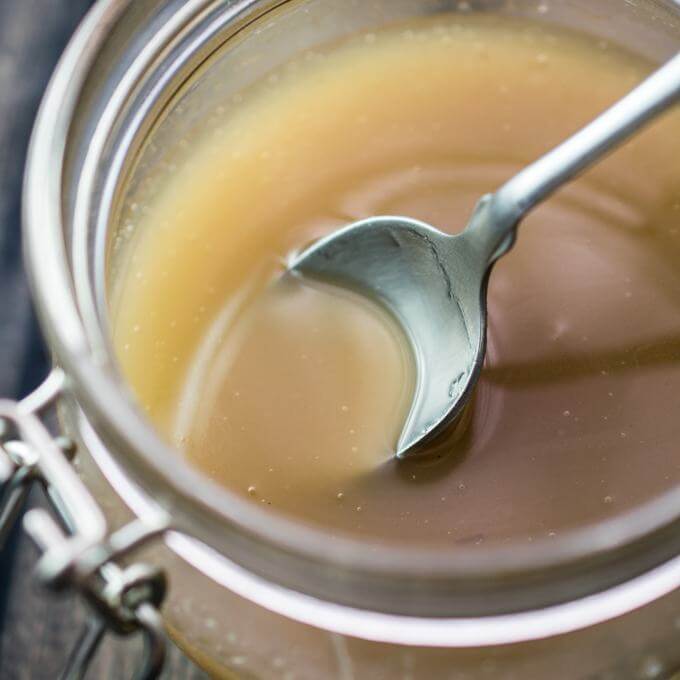
Vegan Sweetened Condensed Milk (made from macadamia nuts)
Vegan butter substitutes have been around for a long time and they work great as a 1:1 substitution for butter in baking. I find them to have an ever-so-slightly funny flavor and so I usually use a combination of coconut oil and vegetable oil, which has a similar fat profile. Instead of butter in non-baking recipes, I often simply swap in olive oil, which happens to be more heart-healthy as well!
Egg substitutes are tricky business
Vegans have come up with a lot of substitutes for eggs. Some of them are good ideas and some of them frankly baffle me. I could (and will) write an entire article on this topic! The appropriate egg substitute depends greatly on the recipe. Sometimes if you’re going vegan and don’t know what to eat, it’s best to choose a recipe that’s already vegan to take the guesswork out of substituting for egg.
I caution strongly against blindly substituting these, but some egg alternatives that vegans use include:
- Ground flaxseeds mixed with water, which creates a gelatinous substance that can help to bind a mixture
- Aquafaba (the cooking liquid from beans), which has a protein structure similar to egg whites and can be whipped to peaks in the same way
- A blend of starches such as cornstarch, which can make a batter more “gluey” as if it contained eggs
- Extra leavening in baked goods, to replace the natural leavening ability of eggs
- Chickpea flour or crumbled tofu, which when cooked and seasoned can create a vegan “scramble” that might replace scrambled eggs
- Applesauce or mashed banana – I don’t personally think these egg subs work well, or recommend them for anything!
See some of these egg analogues at play in a few of my recipes!
- Bakery-style Vegan Cake made with aquafaba
- Vegan Sweet Potato Pie thickened with starch
- Super Green Tofu Scramble
How do people live without cheese?
Every vegan has their own approach to the ole’ dilemma of “how can I live without cheese?”. I get it. Cheese is a delicious food and its flavor and texture are really unique. Some vegans go the route of using store-bought cheese substitutes made by brands like Daiya, Follow Your Heart, Tofutti, etc. I don’t like the taste of those products all. But some people absolutely love them. You’ll have to just try them and see what you think!
Others keep things simple and don’t worry about replacing cheese at all. They just eat other things, that are neither substitutes for cheese or inspired by cheesy dishes. Even though cheese is tasty, after you haven’t eaten it for a while, you often stop being accustomed to the idea and it doesn’t actually sound so appetizing anymore.
And finally, some people like to experiment with homemade vegan cheese analogues, of which my Cashew Mozzarella is an example. Depending on the recipe, you might recreate a cheese-y flavor with things like nutritional yeast, a natural yeast product high in protein and with a delicious, savory flavor that people sometimes find to be cheese-like. Or you might create flavor by culturing or fermenting a mixture, similar to traditional cheesemaking. Check out my cashew cream cheese for an example.
You might recreate a cheesy texture with ingredients like tapioca starch, which when mixed with liquid creates a thick and stretchy texture; or carrageenan, which allows a food to solidify but then melt when heated.
Can vegans eat bread? What about potatoes?
I’m not sure how this phenomenon started, but for some reason the question, “can vegans eat gluten”? is often asked. Veganism has nothing to do with gluten. Gluten-free diets and vegan diets are completely different. While some vegans may happen to be gluten-free too, due to allergies or intolerances or some other diet goals, there’s otherwise no connection.

Bakery-Style Vegan White Cake
Vegans love gluten just as much as “regular people” do. I love to challenge myself by creating gluten-free recipes, but I don’t want to live in a world without vegan cake, seitan, and delicious, delicious breadcrumbs.
And yes, vegans do eat yeast. Yeast is bacteria, not a living being with consciousness, so it’s fair game. The same goes for potatoes. Potatoes are a plant. A very tasty plant and totally fair-game for vegans to eat!

Garlic Herb Vegan Mashed Potatoes
Vegan food is just food.
In conclusion… vegans eat… food! A lot of the same food that you do. From hummus to salsa to tacos, we eat a whole lot of regular ole’ food. The food we choose to eat just happens to not include animal products.
This website is full of over 300 delicious and sometimes-healthy vegan recipes to get you started, so what are you waiting for? Eat some plants today!
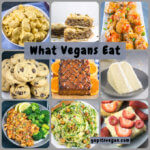

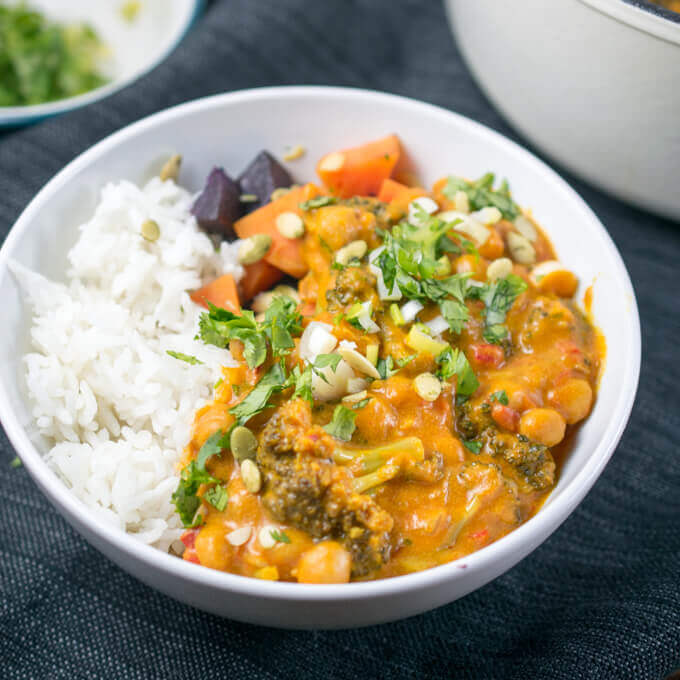

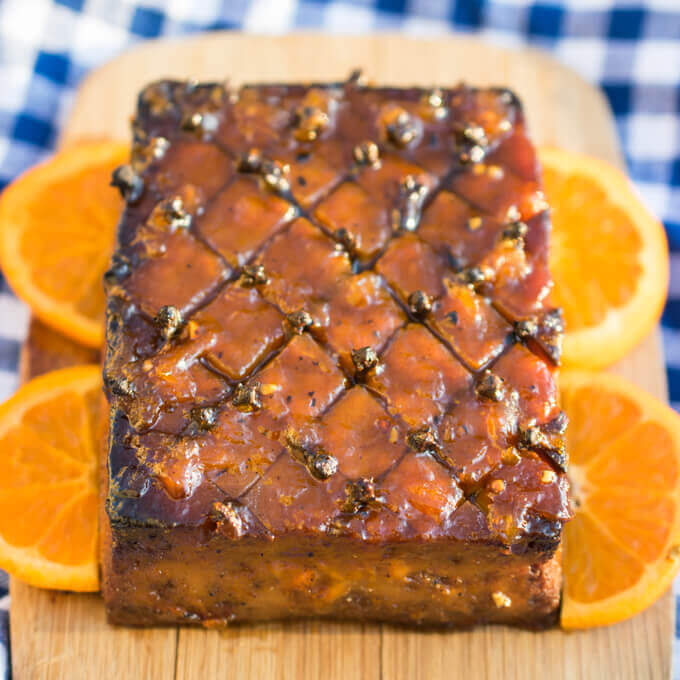
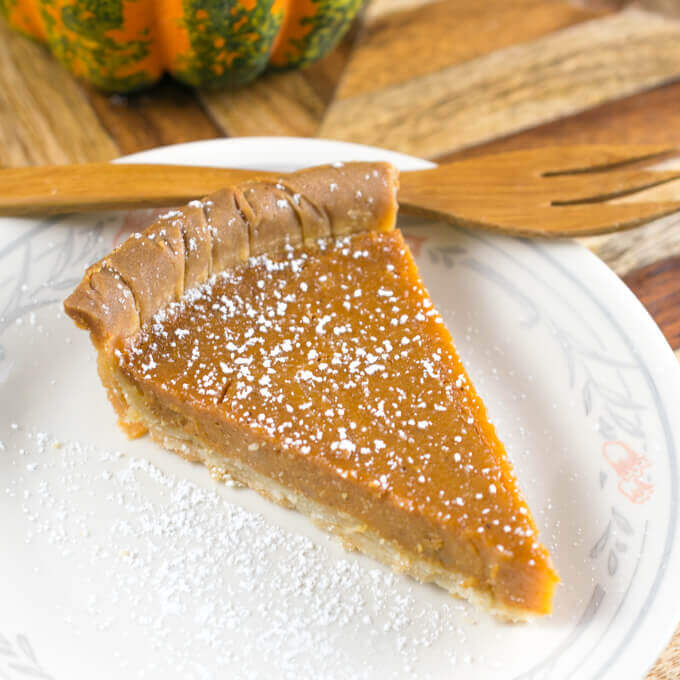
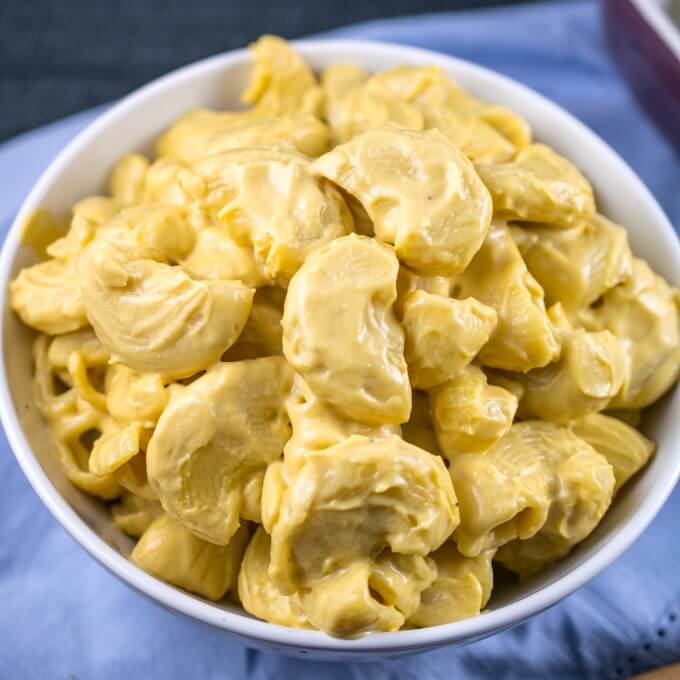

 I'm Shannon, the writer and photographer of Yup, it's Vegan! I'm a morning person based in Baltimore, USA. My mission is to create healthy plant-based recipes that anyone would enjoy, using seasonal produce with inspiration from global flavors.
I'm Shannon, the writer and photographer of Yup, it's Vegan! I'm a morning person based in Baltimore, USA. My mission is to create healthy plant-based recipes that anyone would enjoy, using seasonal produce with inspiration from global flavors.
